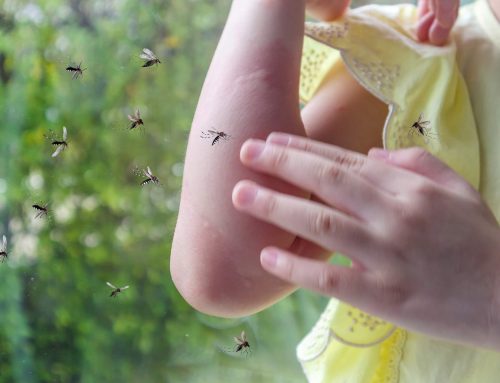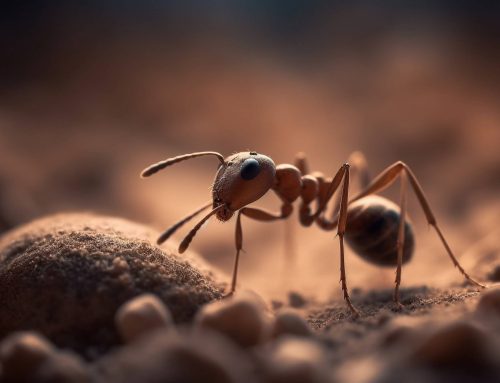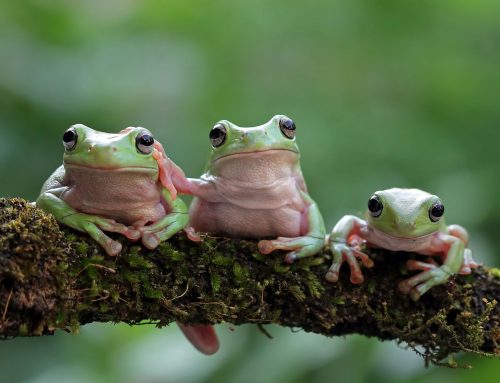Have you ever noticed tiny white bugs crawling around in your plant soil? These bugs, often referred to as “soil mites” or “springtails,” are arthropods that are very common in soil environments. While they are not harmful to plants, they can be unsightly and annoying to deal with. Keep reading to learn more about what the tiny white bugs in your garden soil are, what causes soil mites, and how to control infestations of tiny white bugs in your soil.
What Are Soil Mites?
Soil mites are usually less than 1 millimeter in size, making them almost invisible to the naked eye. They are typically white or translucent in color, and their small size allows them to move easily through soil pores. Springtails, on the other hand, are slightly larger, ranging from 1 to 2 millimeters in size. They are named for their ability to jump long distances, which allows them to escape from predators.
What Causes Soil Mites?
Both soil mites and springtails thrive in moist environments and feed on decaying organic matter, fungi, and bacteria in the soil. They play an important role in breaking down organic matter and improving soil quality. In fact, without these tiny creatures, our soil would be overrun with dead plant material and other organic matter that would eventually lead to a lack of nutrients and poor soil structure.
However, an infestation of soil mites can be problematic, especially if their population grows out of control. They can become unsightly and even spread to other plants in your garden or indoor space. Therefore, it’s important to take steps to control infestations of tiny white bugs in your soil if you notice an infestation.
Getting Rid of Tiny White Bugs in Your Soil
The first step is to remove any decaying organic matter from the soil. This is its primary food source and removing it will discourage its population growth. Additionally, you can try allowing the soil to dry out a bit, as soil mites and springtails prefer moist environments. This can be achieved by reducing the watering frequency or increasing ventilation around your plants.
If the infestation persists, you may need to use an insecticidal soap or pesticide specifically designed for soil-dwelling insects. However, be cautious when using these products, as they can also harm beneficial insects in the soil. Always read the label and use according to instructions.
In addition to controlling their population, you can also take steps to prevent soil mites from becoming a problem in the first place. This includes using high-quality soil that is free from contaminants, providing good drainage to prevent waterlogging, and avoiding over-fertilization, which can create an ideal environment for these pests to thrive.
It’s also important to note that while soil mites may be unsightly, they are generally harmless to plants. They do not eat live plant tissue and are not known to transmit diseases. In fact, their presence in your soil can be a sign of a healthy and thriving ecosystem.
While soil mites can become unsightly and annoying, they are generally harmless to plants. However, once an infestation occurs, it can be very difficult to clear your soil from these little critters. At Cutters Edge, our team of landscaping and pest control experts has years of experience to draw on if you need that extra support to remove some unwanted visitors from your landscaping. Get in touch today to discuss your specific landscaping needs!





